Fuel retailers, who were already operating in a very tough market, are facing increased downward pressure on the prices they can charge, according to the annual Global Pricing Study conducted by strategy and marketing consultants Simon-Kucher & Partners (SKP).
The survey looks at the views of senior executives in a range of industries across more than 50 countries and analyses the ’pricing power’ of each sector. Pricing power is defined as the ability of a company to get the price it deserves for the value it delivers, and fuel retailers were found to have the lowest pricing power of all the sectors surveyed.
In addition, the survey looked at the downward pressure on prices over the past two years and found that, while price pressure was growing in all sectors, it was particularly strong in the oil industry.
Andreas Jonason, director of the energy division of SKP, says that one of the greatest challenges facing the industry in the mid-term is the uncertain economic climate, because uncertainty affects the willingness of customers to buy goods.
And while some larger oil companies are able to exert greater pricing power, many companies, particularly in the downstream sector, are finding it very difficult to improve margins, and need to develop new margin opportunities.
However, he says some retailers are making the mistake of trying to attract more volume by cutting prices, rather than developing sustainable promotions that increase profitability.
He says: "There is a tendency to over-estimate the sensitivity of customers to pricing. Only 30% are highly sensitive to pricing, and although you can attract them with lower prices they are highly disloyal, and as soon as your competitor lowers his prices they will all take their business to him.
"Lowering prices does not generate loyalty and it slaughters the margin you could have from other customers."
Rather than devising a strategy to attract less loyal promotion-driven consumers, he says, retailers should be focusing on developing a consumer-driven promotion and price strategy by understanding the needs of existing customers and the types of customers they want to attract.
They need to understand which customers are willing to pay more, and what attracts them, and then develop a promotional programme catering for them.
He says that ways of developing this understanding for independent stores can be as simple as talking to customers on the forecourt. For example, using a clipboard with a few simple questions on it, and asking them why they use the site and what they would like to see.
Independent stores, he suggests, can often tap into local loyalty in a way that is just not possible for larger national chains, and he has seen forecourt operators working in partnership with other local stores to attract local loyalists.
He cites a dealer in Portugal who set up a promotion offering vouchers giving a discount in another local store. "It was not a massive discount and he was able to put his prices up to cover the cost and increase his profitability."
In Finland one dealer went a step further by asking local customers to invest in his filling station taking a share in the business in return for a discount. Again the retailer was able to increase the prices, making the discount worthwhile for customers who signed up for it and a bonus was the extra profitability from any customers who were not in the discount scheme.
Another way to increase profitability, of course, is to simply increase prices. This can vary from raising the price at busy times of day or the week or even taking into account seasonal changes in fuel volume caused by the temperature and adjusting prices accordingly. Jonason says this can work if done sensitively and with small subtle changes in price, but cautions that larger clumsier rises can be counter productive.
For forecourt operators who are struggling to come up with promotional concepts, Jonason says talking to other operators through business forums, or simply seeing other operators activities covered in the trade press, can help them to come up with fresh ways to attract profitable business.






















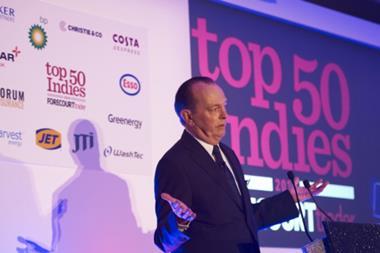
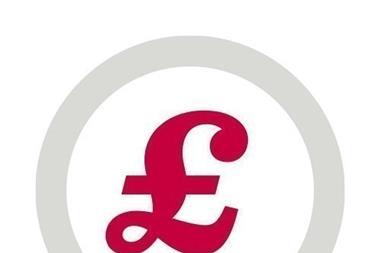



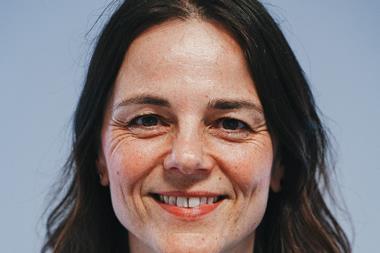
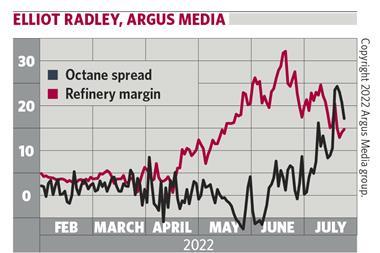


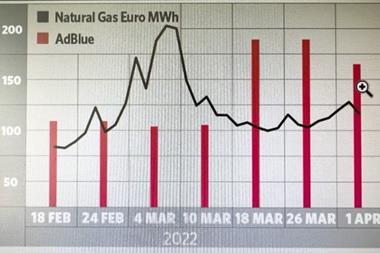

No comments yet